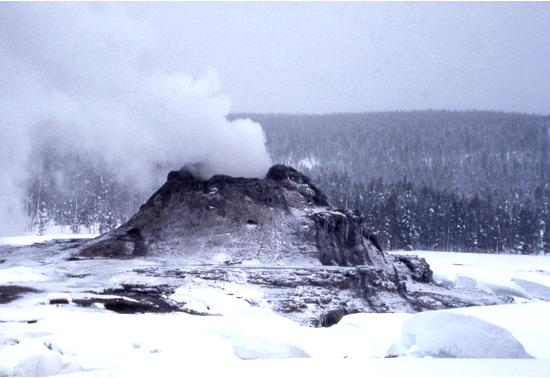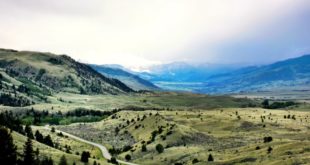When a researcher heads to Yellowstone National Park in a search for a unique biological organism, it’s called “biospecting.” Yellowstone, in particular, has been a center for scientists wishing to know bacteria survives and even thrives at the high temperatures found in Yellowstone’s thermal areas.
In the past, scientists have been given pretty much free reign for research, so long as the proper applications were made to Park officials. But that could change under a proposed policy shift from the National Park Service, where scientists and commercial firms would need to share the proceeds from any product derived from their research in the Park.
It’s called a “benefits sharing” policy; a proposed standard was released on Nov. 22, and the National Park Service is expected to issue a final policy before the end of the year.
The issue of commercial firms profiting from Yellowstone biological entities first became prominent with the invention of the Polymerase Chain Reaction (PCR) process. The PCR process, which facilitates the widespread use of DNA analyses, often uses an enzyme isolated from the Thermus aquaticus bacteria collected in Yellowstone National Park.
Under the proposal, research could occur in a two-step process. The first step would be the same as now: researchers need to go through an application process to actually perform the research. This step is heavily scrutinized: scientists must have a definite goal in mind before going near anything in the Park (in other words, they can’t just say they want to scrape some samples for further study; they must specifically identify what they want and prove they’re doing no damage).
The new policy adds a second step to the proceeds. If something of value is derived from the research, the commercial firm must lay out a game plan for sharing the benefits of the research, either financially or in a nonmonetary way. The NPS has identified four types of nonmonetary benefits that could occur under some or all benefits-sharing agreements: knowledge and research relationships, training and education, research-related equipment, and special services such as laboratory analysis. All benefits received under any type of benefits-sharing agreement would be dedicated to the conservation of resources protected and managed by the National Park Service.
The Final EIS is available online at http://parkplanning.nps.gov by selecting the “Washington Office.”
Image of Castle Geyser in winter courtesy of the National Park Service.
We’ve also set up a free Twitter account so you can receive updates on the device of your choice.
 Yellowstone Insider Your Complete Guide to America's First National Park
Yellowstone Insider Your Complete Guide to America's First National Park





